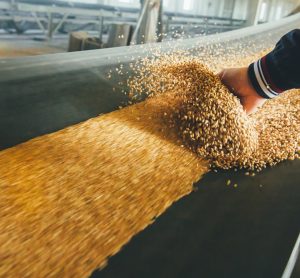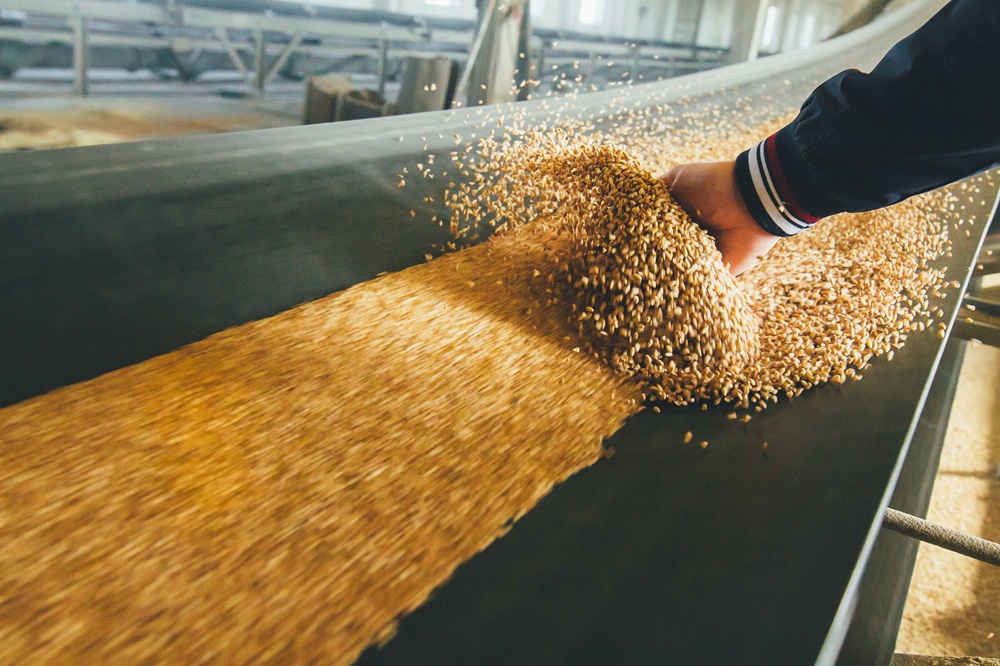13 May 2011 | By Maurice G. O’Sullivan,
Mary P. O’Sullivan and Joseph P. Kerry, Food Packaging Group, School of Food and Nutritional Sciences, University College Cork and Derek V. Byrne, Department of Food Science, Sensory Science, University of Copenhagen
Increasingly, food preference has become based on the mantra ‘we taste therefore we eat’, with consumers consistently seeking quality information across the product spectrum1. Thus, the use of ranking indications from food awards has become important to a product’s impact in the marketplace, particularly artisanal foods2. However, do these awards…






